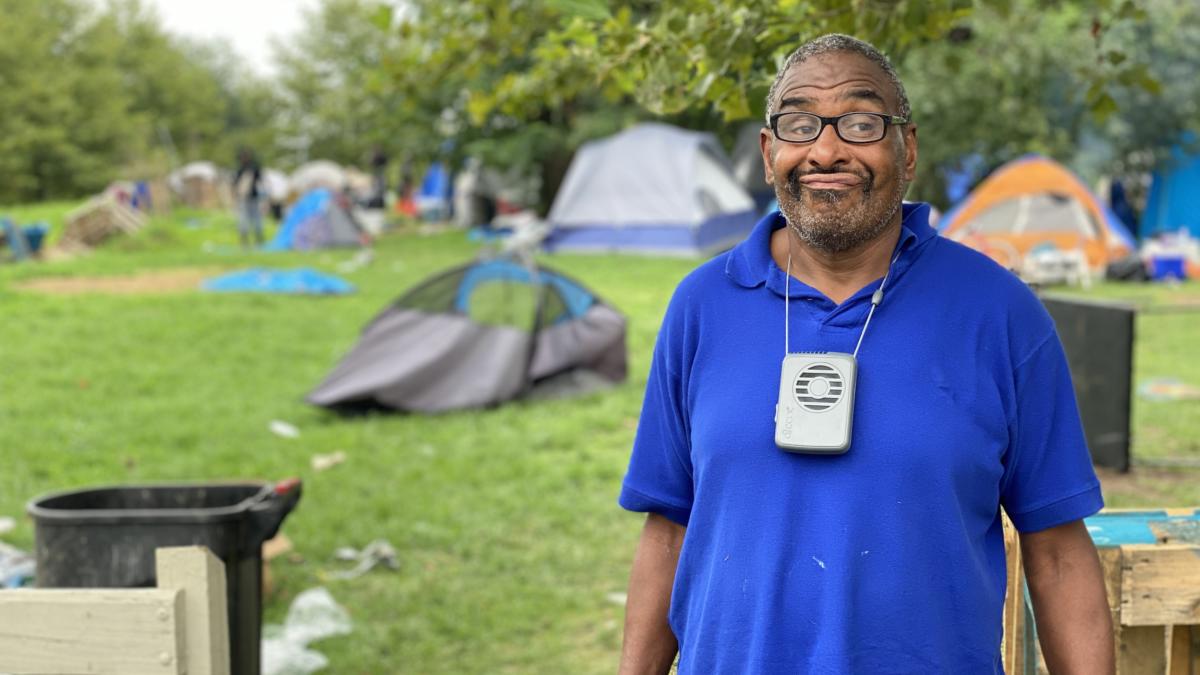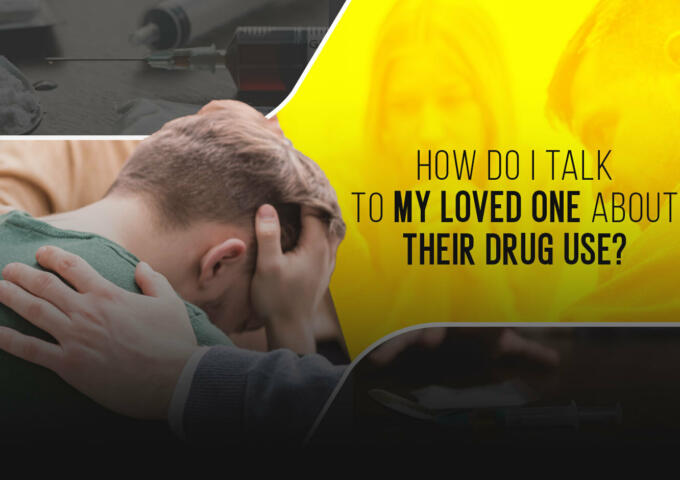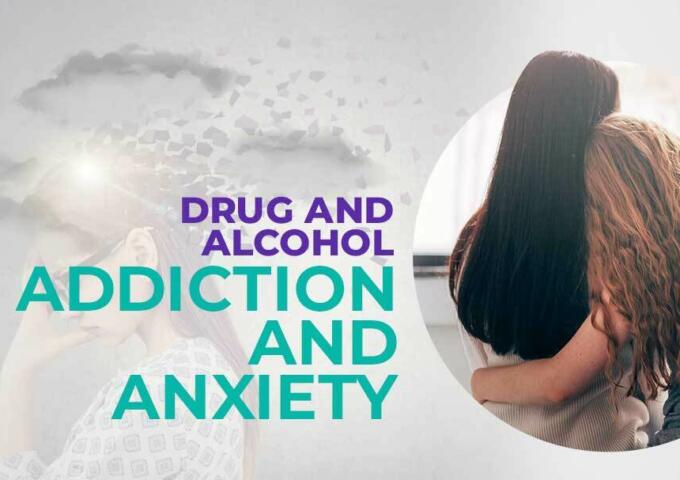OHS reacts to “Summer Camps,” PW’s Aug. 2 cover story
Editor’s note: The following was submitted to Philadelphia Weekly on behalf of Liz Hersh, director of the City of Philadelphia’s Office of Homeless Services, who noted wanting to balance the last week’s cover story entitled “Summer Camps,” which examined sentiment from those inside encampments along Benjamin Franklin Parkway and outside the North Philadelphia offices of the Philadelphia Housing Authority. PW has decided to run the letter in full and has only edited this reply for grammar.
The “Summer Camps” story did not mention or make note of factual information about the City’s Homeless Service System and painted an incomplete and inaccurate picture of the range of services available to people experiencing homelessness. Several corrections are noted below. While we appreciate and value the reporter’s desire to give voice to those who have historically been disempowered, we ask that in the future you also strive to provide a well-rounded picture of the service offerings to meet those needs.
Flowers and her husband Leonard’s house burned down and they were two of the first residents at the encampment on 22nd and Benjamin Franklin Parkway.
For context, it would be helpful if your pieced noted that the City has space available for couples who would like to be housed together. They are choosing to be on the street when services are available.
Service days often leave the homeless with even less than they previously had, relegating them from sleeping in a tent on grass to the city’s pavement.
This is not correct. Service days are simply clean-ups around the people who are living on the street. Street homelessness unfortunately is accompanied often by collections of food waste, used needles, etc. that poses a health and safety threat to the people living there as well as neighbors. The City provides 72 hours’ notice. People are welcome to keep their belongings and participate in the cleanup. The City also distributes trash bags that people welcome to clean the area themselves.
Access to unemployment, welfare or even the COVID-19 stimulus checks are inaccessible to many homeless people who arguably need assistance most.
First, there are beds available throughout the system. Second, there are multiple sites where thousands of homeless individuals are able to receive mail. In addition, several “BenePhilly” Centers are located sites that serve the homeless such as Prevention Point, Project HOME and FIGHT to provide assistance.
Neither the City Council, nor the PHA seem to have any solutions for the residents of Philadelphia’s homeless encampments.
This is simply not true. In fact, about 100 people so far from the camps have accepted services and placement into shelters, recovery houses, safe haven, treatment and the COVID Prevention Space. 10 more were connected to rapid rehousing just last week. There is emergency, temporary housing available still. There is room at the COVID Prevention Space for those 65 and over and/or with chronic underlying medical conditions who are at highest risk for COVID. In addition, the City has offered a number of solutions that are reflected in the agreement offers — please see the attached document.
“Give us an apartment building, we will fix it up ourselves so we can get these people off the streets. The city has buildings they’re selfishly holding onto when they could be out here helping us,” said Jonnell Flowers. “It’s a simple solution to a long [overdue] problem.”
There are $10M dollars’ worth of RFPs on the street today making CARES ESG funds available to nonprofits. Organizations that want to be part of the solution only need to apply. In addition, the Housing Authority released a draft Community Choice Registration Program recently through which dozens of PHA properties will be made available to nonprofit organizations. pha.phila.gov/pha-news/pha-news/2020/community-choice-registration-program.aspx
Many shelters had to cut back their intake, and, beyond that, many of Philly’s homeless do not feel safe in the city’s shelters.
The City has maintained intake throughout the pandemic. Intake sites screen for COVID, plenty of social distancing and remote interviews to reduce in-person contact. The shelter system has dealt successfully with efforts to prevent the spread of COVID-19 in the shelters. Of more than 6500 participants, there have been only 120 positive cases. Our programs have de-densified beds to allow 6’ between them, added bed barriers, moved to grab and go meals and have been screening people for COVID since March.
Doyle walked 95 miles from Milford, Delaware to Philadelphia and is now a resident at the JTD Camp.
It would be helpful for your readers to know that there are youth-dedicated services, shelters and programs available. Synergy, the youth outreach teams, have been onsite. There is a homeless youth access point and a homeless youth navigator available to help. Outreach teams are also available around the perimeter of the camp daily and highly visible Homeless Connect events have offered a wide range of services to campers.
In response to COVID-19, Mayor Jim Kenney’s new budget cut the funding for Philadelphia Homeless Services by 21 percent for 2021, swiping nearly $13 million from their budget.
This is patently false. These funds, which had been local tax dollars, were fully replaced by CARES ESG dollars for FY21, and thus there was no net cut to OHS.
During that same span of time, Philadelphia spent $260,000 on a hotel it never used, and the homeless residents of Philadelphia banded together to shelter themselves.
In fact, Philadelphia has 260 rooms at two hotels dedicated to people experiencing homelessness who are at highest risk for COVID, those over 65 years old and those with chronic, underlying health conditions deemed by the CDC as high risk. About two-dozen people from the camps have entered the COVID Prevention spaces where there are services available and a pathway to long-term housing so they do not have to return to the street or congregate sites. The guidelines for these sites are determined by FEMA and the City has been aggressive in pushing for more inclusive and expansive definitions of high risk to enable people experiencing homelessness who tend to live shorter lives and have poorer health access this resources.
According to the Philadelphia Office of Homelessness, the homeless population in Philly is 5,735.
This number uses the methodology established and required by the federal government. It is standardized across the country and from year to year. It counts everyone who is in a homeless shelter, transitional housing or known to be on the street. The street count hits ever zip code and uses navigators to reach the hidden homeless to ensure as many people as possible are counted. It is a point in time number. Over the course of the fiscal year 2019, 17,766 used homeless system services.
We encourage those concerned about people living on the street to use the Homeless Hotline to connect people with help: 215 232 1984. It is available 24/7 year-round. While the City struggles with a shortage of affordable housing opportunities, as do all American cities, we work tirelessly to connect those who are most vulnerable with the help they need. Our mission is to make homelessness rare, brief and nonrecurring. We hope that all concerned will join us in this effort by supporting real solutions.

The SHOUT Out
On Monday, Sept. 8, God willing, city restaurants will reopen for indoor dining – albeit with restrictions.
Your turn: Are you ready to run out for a meal at your favorite eatery? Or is it still too soon? Send your thoughts to voices@philadelphiaweekly.com
Reduce worldwide poverty
Did you know that the global rate of malnourishment has been reduced by 50 percent in the past two decades and more children are in school today than at any time period in history? By tackling world poverty, we can alleviate the suffering of millions and tackle the most troublesome causes of violent extremism worldwide – lack of opportunity, insecurity, injustice, and hopelessness. By advocating for global poverty reduction, you can help make drastic changes for those living in poverty, such as those which have been made in the past two decades, even more prominent.
You can take action locally to help our global community, and help your own community, by volunteering for the Borgen Project. Visit borgenproject.org.
– Mackenzie Smith, Borgen Project Ambassador | UPenn
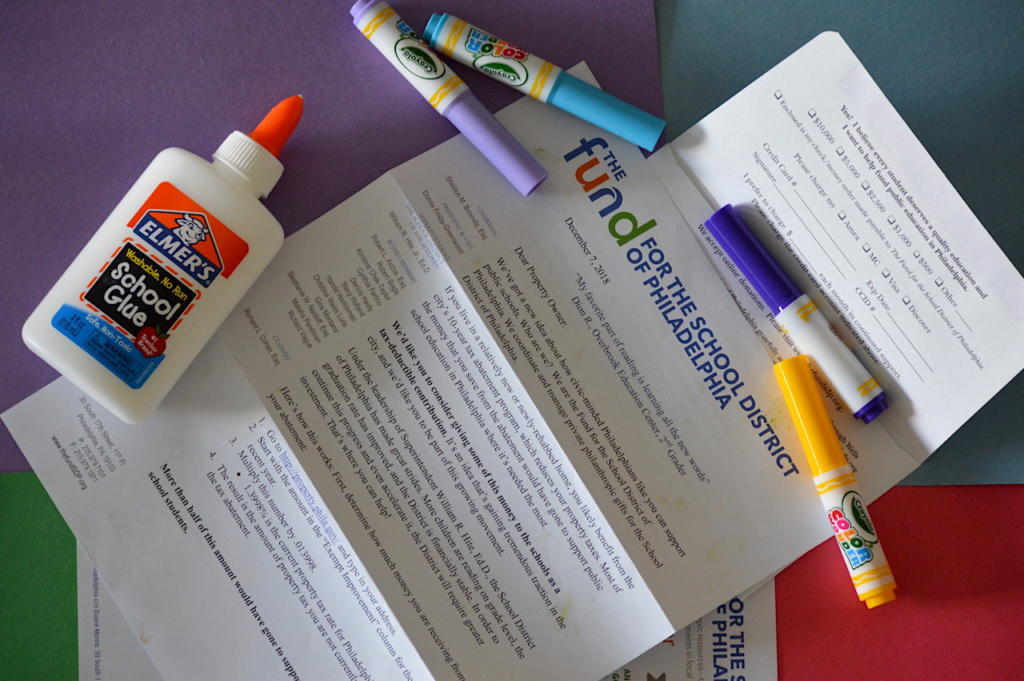
New judicial districts could hurt city schools
In July, the General Assembly passed HB 196, the first leg in a three-stage process to amend Pennsylvania’s constitution. Part of the amendment requires that each of Pennsylvania’s Supreme Court justices is elected from one of seven judicial districts created by the General Assembly. If the bill passes in the next session of the legislature, it could appear as a ballot question before the electorate as early as the spring of 2021. It is therefore possible for some, if not all, of these reconstituted Supreme Court seats to be up for election by November of 2022.
Although it is difficult to predict the precise ramifications of such an amendment, a lawsuit currently in the Pennsylvania courts could provide the first test case of the new law. This lawsuit asks the courts to mandate that the defendants in the case – the governor and the General Assembly – allocate more resources to school districts that are currently under-funded by the state. Given that Commonwealth Court expects to hear the case by the end of this year, it would be reasonable to expect a final decision by the Supreme Court no earlier than June 2023.
Even though the General Assembly is a defendant in this lawsuit, it will still have the authority, under the proposed amendment, to create these new judicial districts. Since the most underfunded school districts in the state are concentrated within about 20 percent of the state’s geographic area in southern and eastern Pennsylvania, it would therefore not be difficult for the legislature to create a majority of judicial districts out of populations with adequately funded schools.
Judicial candidates from these districts, to gain favor with the electorate, would likely shirk any mention of the ideals of justice and equality; appealing instead to the specific interests of their constituents by campaigning on a platform of “those greedy school districts in the Philadelphia area wanting to take money away from our children’s education.”
This case illustrates two major flaws in the proposed amendment: one being that the judiciary would no longer be an independent body, but would rather depend upon the General Assembly in the creation of these judicial districts; and the other being that judges would represent the special interests of particular regions of the tate, rather than the interests of the entire commonwealth.
How House and Senate members voted for this bill are available on the web at legis.state.pa.us. Many of those members who voted in favor of it are running for re-election in the fall. Would these legislators cast another vote in favor of the amendment if they regain their seats? Hopefully they will divulge that information before November.
– Coleman Poses is on the steering committee of Philadelphia Neighborhood Networks and is a member of the Alliance for Philadelphia Public Schools.
EMS workers are constantly responding – and forgotten
On July 30, Gov. Wolf and Secretary of Health Levine visited the Millersville location of Lancaster EMS to laud the response of the commonwealth’s EMS providers during the COVID-19 pandemic. “During the pandemic, our emergency responders have become more important than ever,” Wolf said. “They have been out on the front lines of this fight, helping attend to COVID-19 patients in their most dire time of need. They have had to adapt their practices to keep themselves and their patients safe, all while continuing to serve as a lifeline to their communities and support the health care system.”
While the visit and remarks at that time were appreciated, it is the actions of the governor’s administration and the General Assembly that prove that the essential frontline EMS providers in this war on the pandemic are merely political talking points.
The latest frustration to address the financial, physical and emotional concerns facing EMS providers daily was the failure of the Department of Community and Economic Development to award not one EMS agency that applied under the Governor’s Hazard Pay Grant.
- EMS providers are essential workers who are the frontline of this pandemic
- EMS providers face the highest exposure to asymptomatic, presumptive and positive COVID-19 patients on every call, every day
- EMS providers have contracted COVID-19 and several in this commonwealth have died
- EMS providers are some of the lowest paid health-care workers fighting this pandemic
- EMS agencies have struggled financially from lost revenue, daily increased PPE costs and increased payroll costs
The Hazard Pay Grant was an opportunity to help EMS Agencies compensate our EMS providers for the daily physical and emotional toil of fighting this pandemic. EMS providers do not only treat COVID-19 and other patients but are an essential keystone in preventing the spread of the virus to other patients and the hospital system through proper infectious control procedures and relentless sanitization.
It is time for the governor and the General Assembly to heed our warnings and address the financial, physical and emotional concerns facing EMS providers and EMS agencies in this Commonwealth. Efforts to prevent the failure of our entire EMS System should be the main concern of local and state government.
Emergency Medical Services, the health-care safety net and first line of defense in the treatment and prevention of the spread of COVID-19, deserves the financial support of the Governor and the General Assembly. We are continually responding and constantly forgotten.
– Dean A. Bollendorf, president, Ambulance Association of Pennsylvania
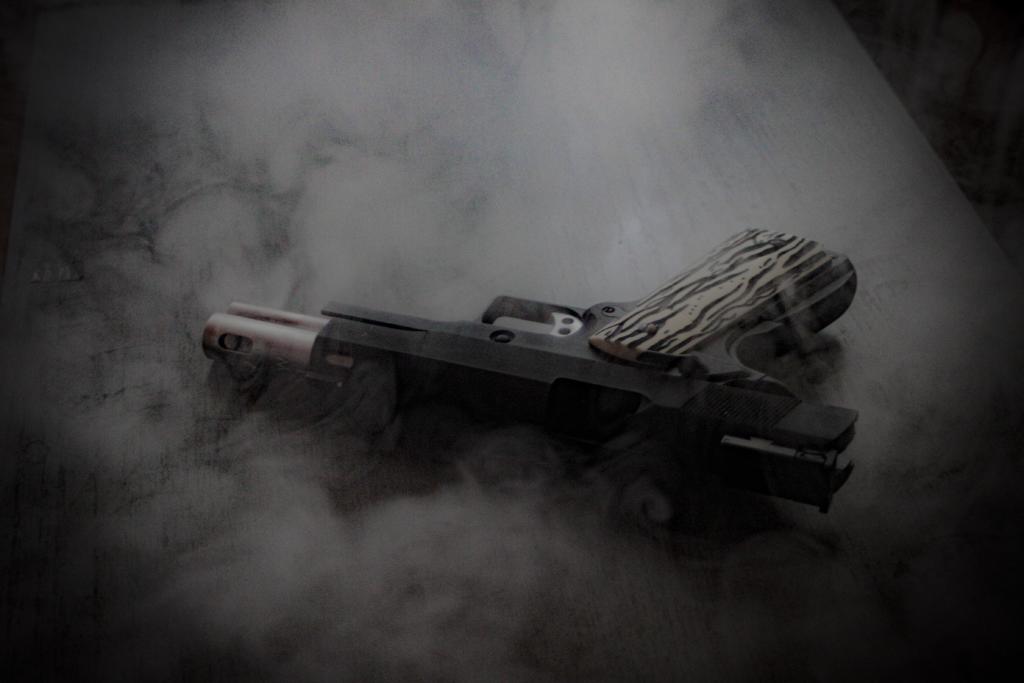
Gun violence in Philly
I have been following the posts all over social media, and I am coming to terms that the shootings that are occurring in our areas might not ALL be Black-on-Black. What if the shootings were done by those who have a true hate for blacks to make it look like we are the ones committing the most crimes across the country?
With all the Black Lives Matter protests going on and all people of color coming together to fight for black rights all over the world, there are a lot of people who are not happy with everyone uniting for the cause, and they would like to keep the narrative that we are violent criminals and are deserving of the unfair treatment and prejudice that we receive.
I read an article once that spoke of federal agents sending in their agent to infiltrate the Black Panthers and that agents started riots and fights with the local cops in the area to make it seem as if they were violent.
– Anonymous | Philadelphia
